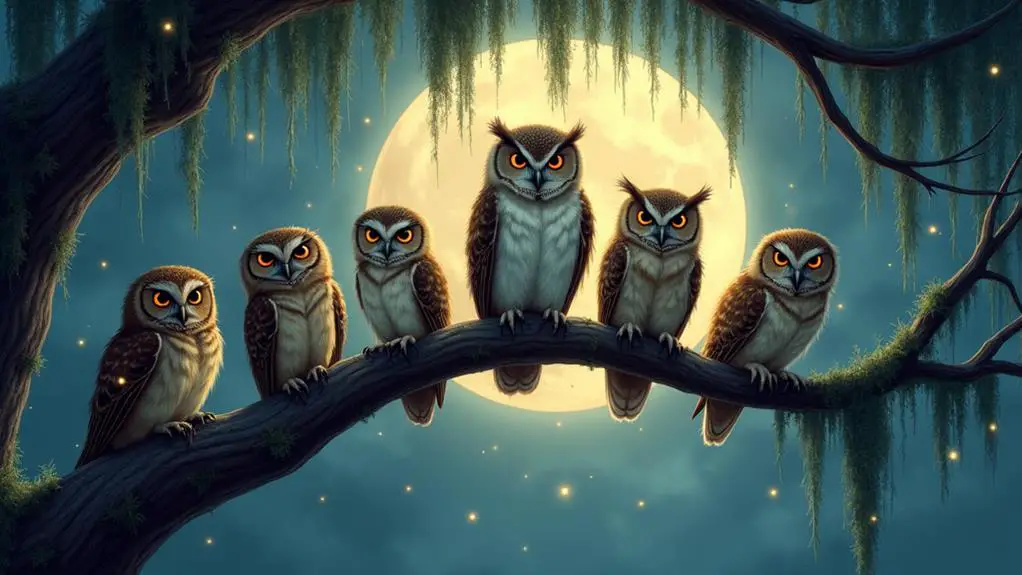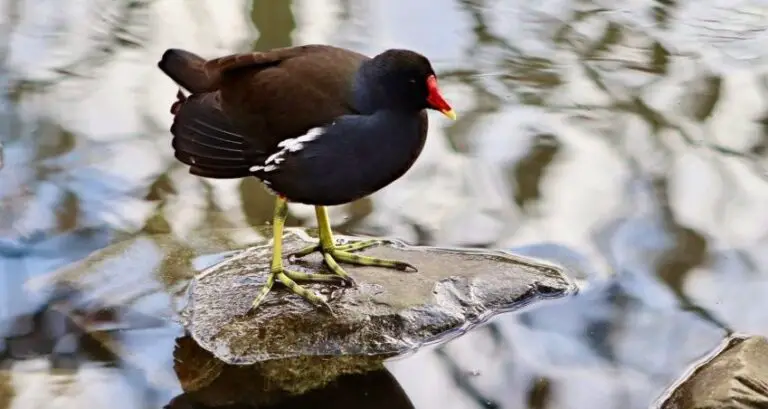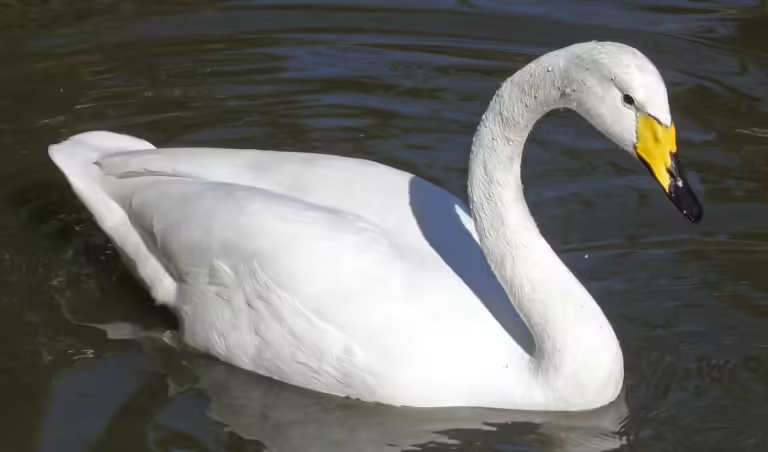You might think that South Carolina’s owl population is limited, but that’s not the case. In fact, the state is home to a surprising variety of owl species, with some calling it home year-round and others stopping by during their migrations. From the familiar hoot of the Great Horned Owl to the high-pitched whinny of the Eastern Screech-Owl, each species has its unique characteristics and habits. But what’s really interesting is how these owls adapt to the state’s diverse landscapes – and that’s where things get really fascinating. Now, let’s dive into Owl Species in South Carolina.
Key Takeaways
- South Carolina is home to year-round residents like Great Horned Owls and Barred Owls, which are adaptable hunters and skilled predators.
- Migratory owl species, such as the Snowy Owl, stop over or winter in South Carolina, following specific flight patterns and food sources.
- Coastal owl habitats, including salt marshes and barrier islands, support populations of owls like the Barn Owl and Eastern Screech-Owl.
- The state’s mountainous regions are home to ridge dwellers like the Barred Owl and Eastern Screech-Owl, which have adapted to the complex terrain.
- Three owl species in South Carolina are listed as rare or endangered, highlighting the need for conservation efforts to protect their habitats and populations.
Year-Round Residents of SC

As you explore South Carolina’s diverse landscape, you’ll find several owl species that call the Palmetto State home year-round.
One of the most notable year-round residents is the Great Horned Owl, known for its impressive wingspan and ear tufts. These owls are adaptable hunters, feeding on a variety of prey, including rodents, birds, and reptiles.
The Barred Owl is another common resident, recognizable by its distinctive “who-cooks-for-you” call.
These owls are skilled hunters, using their acute hearing and exceptional night vision to catch their prey. They can be found in wooded areas, near water sources, and even in urban parks.
When it comes to nesting habits, these owl species exhibit unique characteristics.
Great Horned Owls often take over existing nests, while Barred Owls build their own in tree cavities or on branches.
Both species are monogamous, with pairs forming during breeding season.
Food sources play a crucial role in their survival, and these owls have adapted to exploit the state’s abundant wildlife, from insects to small mammals.
Migratory Owl Species
While exploring South Carolina’s diverse landscape, you may encounter migratory owl species that stop over or winter in the state.
These owls travel through the region during their annual migrations, often following specific flight patterns that take advantage of wind currents and food sources. Some species, like the Snowy Owl, migrate from the Arctic tundra to winter in South Carolina’s open fields and wetlands.
As you search for these owls, look for winter roosts in areas with dense vegetation, such as coniferous forests or shrublands.
These roosts provide protection from harsh weather and predators, allowing the owls to conserve energy during the winter months. Keep in mind that migratory owl species may be more active at dawn and dusk when they’re most likely to be hunting for small mammals, birds, or insects.
Be patient and observant, and you might just catch a glimpse of these majestic birds as they pass through the Palmetto State.
Coastal Owl Habitats Found
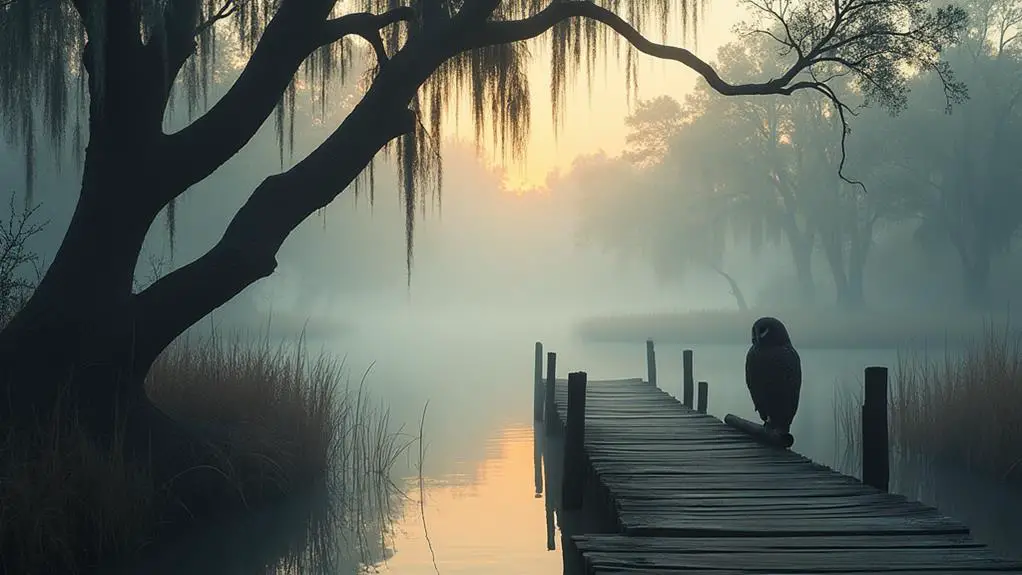
Along the coastal regions of South Carolina, where marshes, mangroves, and saltgrass flats meet the Atlantic Ocean, you’ll find a unique array of owl habitats.
The state’s coastline provides a diverse range of ecosystems that support various owl species.
Salt marshes, characterized by dense vegetation and tidal flooding, offer ideal breeding grounds for owls like the Barn Owl and Eastern Screech-Owl.
These marshes provide protection from predators and abundant food sources, making them an attractive habitat for owls.
Barrier islands, such as Hilton Head and Edisto, also support owl populations.
These islands’ coastal forests and scrub habitats are home to species like the Great Horned Owl and Barred Owl.
The islands’ isolation and limited human disturbance create an ideal environment for owls to thrive.
As you explore South Carolina’s coastline, you may catch a glimpse of these owls in their natural habitats, taking advantage of the unique features that these ecosystems provide.
Mountainous Region Dwellers
In South Carolina’s mountainous regions, you enter a world of rugged terrain, where hills and valleys carved by ancient rivers provide a distinct habitat for owl species.
The Appalachian habits of these owls have adapted to the unique topography, where they’ve learned to thrive in the elevated landscapes.
Ridge dwellers, such as the barred owl and the eastern screech-owl, have made the mountainous regions their home, exploiting the abundant food sources and sheltered nesting sites.
These owl species have developed unique strategies to navigate the complex terrain, using their acute hearing and exceptional night vision to hunt and forage in the dense forests and rocky outcrops.
The varied elevations and microclimates within the mountainous regions support a diverse range of owl species, each with their distinct characteristics and adaptations.
As you explore these regions, you’ll discover the fascinating ways in which owls have evolved to occupy this challenging yet rewarding environment.
Rare and Endangered Species
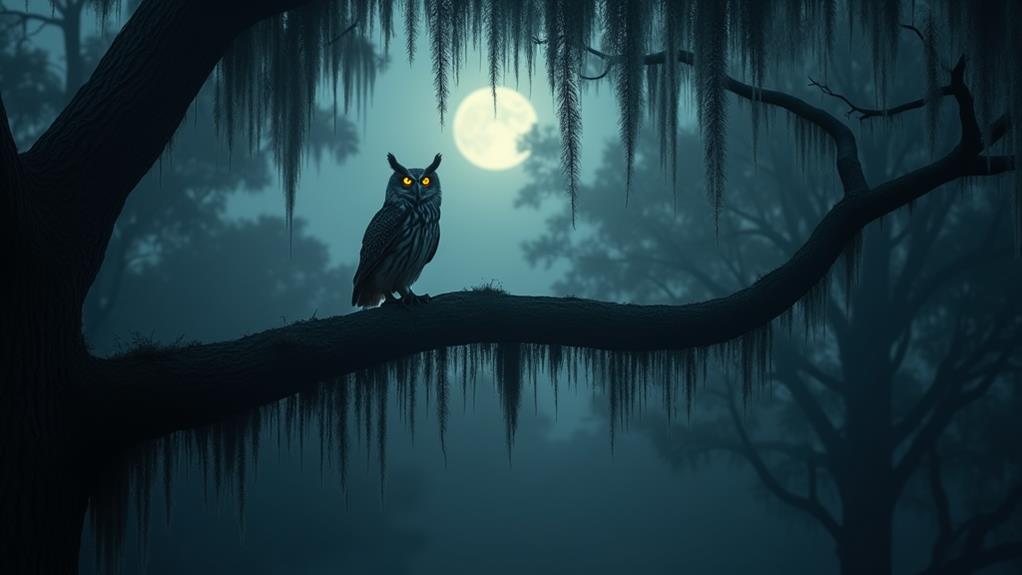
Three owl species in South Carolina are listed as rare or endangered, highlighting the urgent need for conservation efforts to protect these remarkable birds.
You might wonder what’s driving their decline. Habitat fragmentation plays a significant role, as it reduces the available habitat and isolates owl populations, making it difficult for them to find food, shelter, and mates.
For instance, the eastern screech-owl’s habitat is being fragmented due to urbanization and deforestation.
Conservation efforts, such as species reintroduction, can help mitigate the decline.
Reintroducing owls into areas where they’ve become extinct can help reestablish populations and increase genetic diversity. However, reintroduction programs require careful planning and execution to ensure success.
You should consider factors like habitat quality, food availability, and potential threats from predators or human activities.
FAQs: Owl Species in South Carolina
Can I Keep an Owl as a Pet in South Carolina?
You can’t keep an owl as a pet in South Carolina without meeting legal restrictions and obtaining necessary permits. It’s essential to understand federal and state regulations, as permits are typically required for captive wildlife, including owls, and failure to comply can result in fines or penalties.
How Do Owls Protect Themselves From Predators?
You observe that owls protect themselves from predators by employing fear responses, such as hissing or flapping, and camouflage techniques, like feather coloration and silent wingbeats, allowing them to blend into their surroundings and avoid detection.
What Role Do Owls Play in the Ecosystem?
As you venture into the darkness, you’ll find owls playing a crucial role, acting as food chain regulators, controlling rodent populations, and serving as ecosystem engineers, shaping their environments through nesting and hunting habits.
Can Owls See in Complete Darkness?
You often wonder if owls can see in complete darkness; the answer lies in their exceptional night vision. With superior visual acuity, owls’ eyes contain a reflective layer, allowing them to detect even the faintest light, making it seem like they can see in total darkness.
Do Owls Make Good Nesting Box Candidates?
As you ponder owl nesting, imagine a cozy cabin in the woods – a perfect analogy for their nesting habits. You’ll find owls make excellent candidates, as they’re low-maintenance and adaptable, thriving in well-placed boxes that mimic their natural cavities.
Conclusion
You’ve probably fallen in love with South Carolina’s owl diversity by now! With year-round residents, migratory species, and a mix of coastal and mountainous habitats, it’s an owl enthusiast’s paradise. But let’s not get too comfortable – three species are fighting for survival, and it’s up to us to ensure their hooting continues to echo through the Palmetto State’s skies. The fate of these winged wonders rests in our hands, and the clock is ticking!

